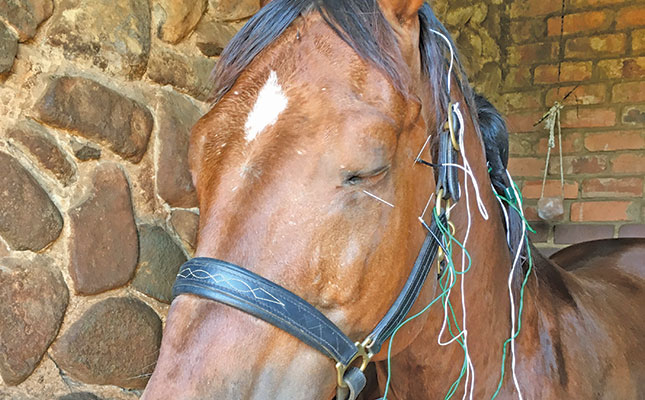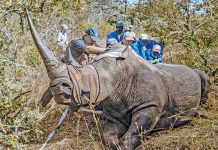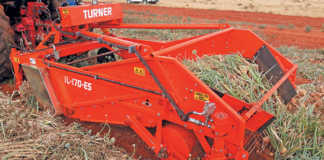
Photo: Dr Mac
The facial nerve runs down both sides of a horse’s face. It keeps the muscles associated with the horse’s facial expression moving, but does not affect the chewing of food.
However, paralysis of the lips due to nerve damage may cause ‘quidding’ and drooling, which often results in half-chewed grass and saliva falling out of the mouth on the injured side.
The main cause of facial nerve paralysis (‘paresis’) is injury to the side of the face. This may be the result of a bridle or halter that is too tight, or a kick or fall.
Damage to the side of the head can also happen when an anaesthetised horse goes down, or as it is attempting to rise afterwards. If an anaesthetised horse is lying on its side, it helps to put a feed bag loosely padded with hay, covered with a towel to protect the eye, under its head.
Causes and signs of facial paralysis
The signs of facial paralysis may only appear a few days after the injury, and they depend on where the injury occurred.
The most common area damaged is just below and in front of the facial crest, where the buccal branch of the facial nerve runs alongside the facial artery and vein. This is where a too-tight halter or noseband can cause the most damage.
In this case, the lower lip hangs down, saliva may dribble out and there is no feeling in the nostrils, cheek and lips on the same side. The muzzle and upper lip may also appear to turn towards the opposite side as there is no muscle tone on the injured side.
If damage occurs higher up on the head, signs are more severe. Damage here is most likely caused by a fall or kick and may affect both sides of the head. In addition to flaccid lips, one or both ears may droop, and the eyes may droop or be unable to blink.
Gutteral pouch and middle ear infections, as well as mandible fractures, are also known to cause facial nerve paralysis. In the US, degeneration of the facial nerve can be caused by equine protozoal myeloencephalitis.
Treatment
Previously, veterinarians used mainly anti-inflammatories and corticosteroids, both topically and systemically, for these cases. Physiotherapy, such as light laser therapy, over the affected area can increase blood flow and promote nerve regeneration.
However, the University of Florida in the US has pioneered the use of acupuncture as a treatment modality that appears to have far better outcomes when used in conjunction with these treatments.
While human acupuncture is fairly well recognised as a treatment for various ailments, not everyone realises that it has been used on animals for thousands of years.
Acupuncture is the stimulation of specific points on the body, which are called acupoints, resulting in a therapeutic, homeostatic effect. Historically, Chinese equine acupoints were numbered up to 173, but until recently, no traditional veterinary acupuncture school existed outside Asia.
The College of Veterinary Medicine of the University of Florida, located next to the Chi Institute, now offers veterinarians (including South African veterinarians) the opportunity to study veterinary electro-acupuncture. A Chi Institute-certified veterinary acupuncture course has also been offered in South Africa.
Dr Mac is an academic, a practising equine veterinarian and a stud owner.












